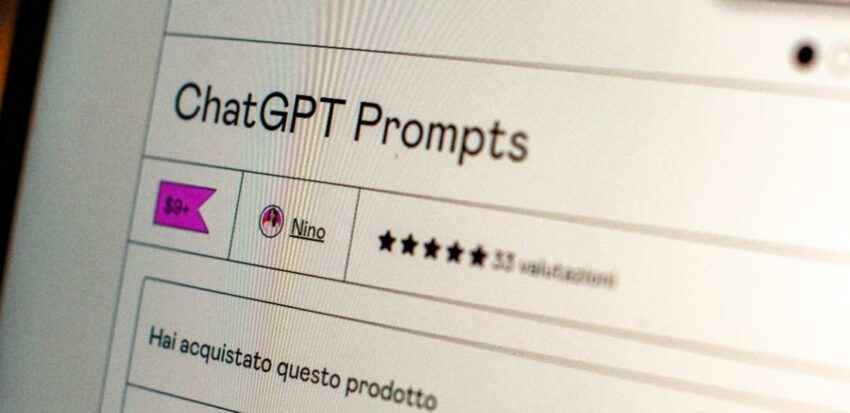Developing an AI bot like ChatGPT is a costly endeavor that requires massive data sets to be analyzed in order to improve the model’s accuracy and speed. Yet, a Stanford research team has developed a program that operates identically to ChatGPT but cost only $600 to develop. The fact that Alpaca AI was created using an open-source language model demonstrates how simply AI technologies can be duplicated.
The publication of ChatGPT shook the internet, compelling businesses like Google and Meta to build comparable products. OpenAI, the firm behind ChatGPT, has released GPT-4, a better and more accurate version of their previous big language model GPT-3.5.
Developing a cheaper ChatGPT that is equally effective
The amazing language model constructed by the Stanford team for about $600 is based on Meta’s open-source LLaMA (Long Language Model Meta AI) 7B language model – a model that is relatively inexpensive and compact.
Alpaca AI was pre-trained on a trillion “tokens,” indicating that it is capable of performing a variety of tasks, but it cannot compete with ChatGPT due to OpenAI’s robust post-training, which was made possible by its widespread use.
After the LLaMA 7B model was working, researchers at Stanford requested ChatGPT to analyze 175 talks between itself and human counterparts in order to produce 20 more in the same manner. OpenAI’s APIs enabled all of this, allowing the team to utilize 52,000 sample talks post-training. This quantity of data was generated for less than $500.

